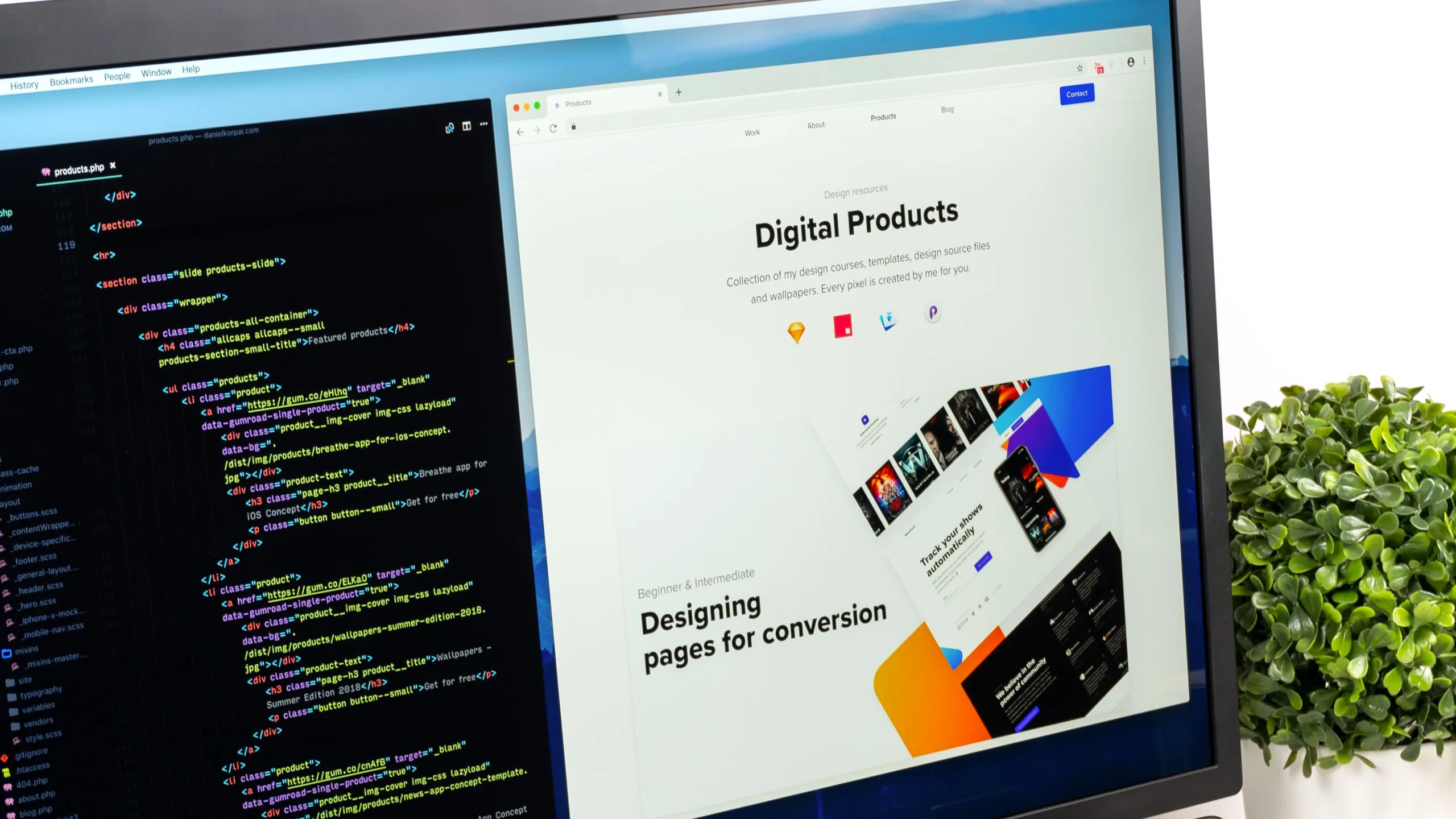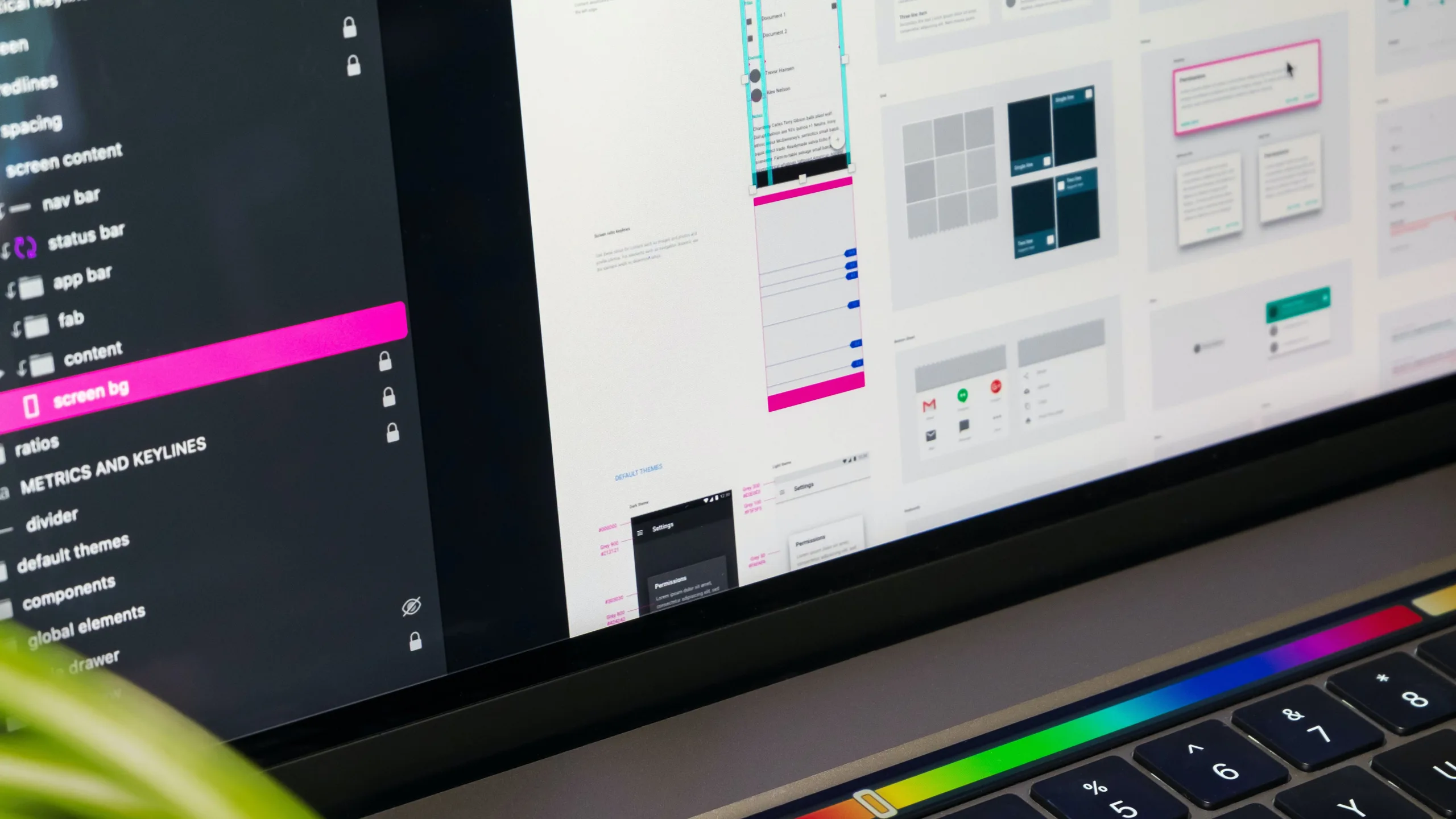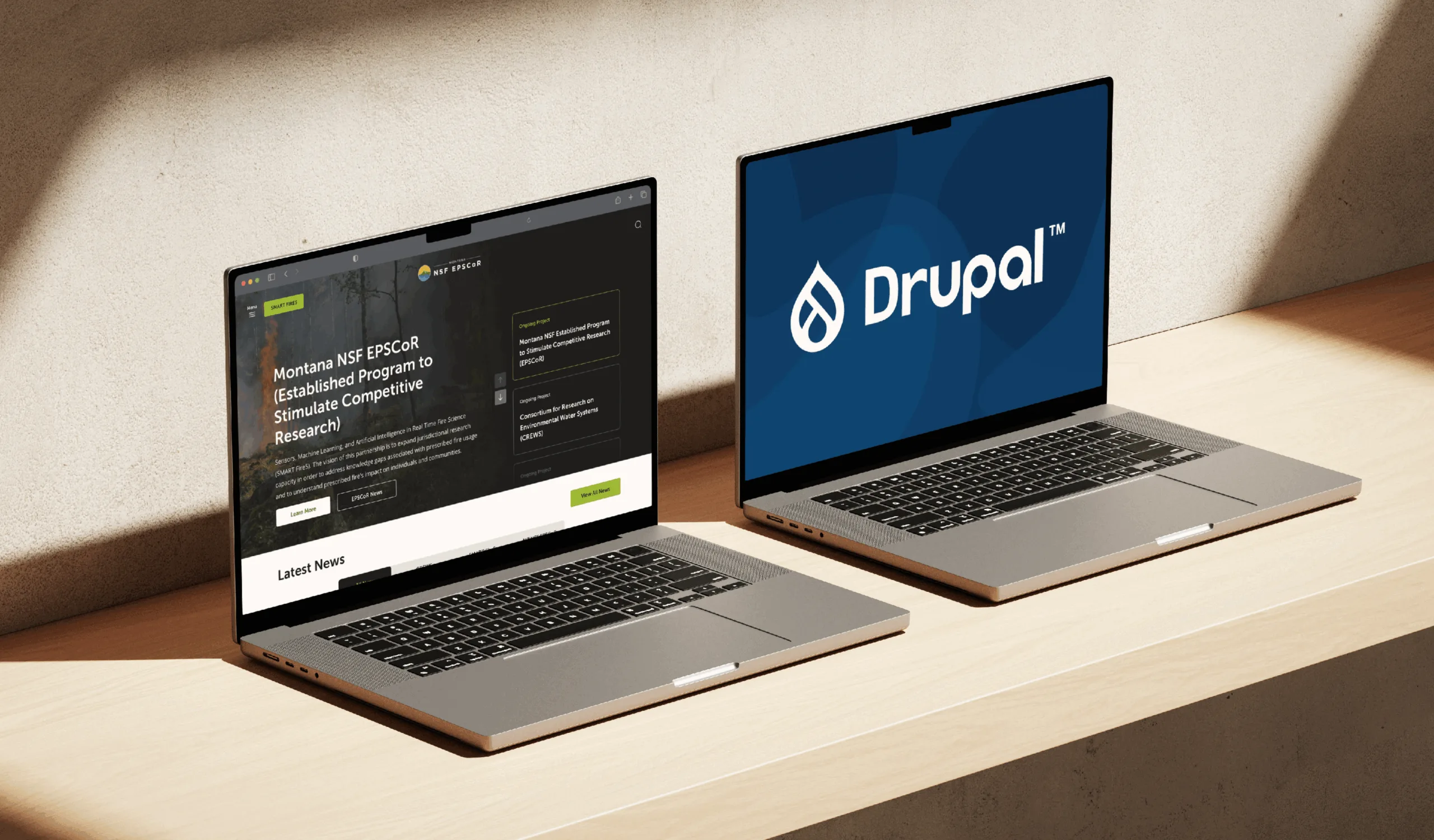Replatforming and redesigning the website is not an easy-made decision. The process may be costly, it involves a lot of work across different departments and affects the whole company.
At the same time, sometimes it is the only right choice that may bring valuable change and necessary benefits to the business. After the company website has a new UX and is safely moved over to the new platform, it can lead the business to astonishing growth.
This is the second part of the article on why and how to replatform your site. Please find the first part in the link. In this article, we'll talk about the company website redesign and replatform stages and start with the factors that actually lead to this decision.
3 Reasons to Replatform

You might want to change the design and the platform of your company website because of the following reasons.
Financial reasons
If the maintenance costs of the website increase considerably, it might be time to change the CMS. You will soon notice financial differences between running the site on the platform that requires constant security patches and feature updates and the one that works smoothly. Sometimes it makes more sense to pay for migration and work happily ever after.
Technological reasons
If your site becomes slower and its loading time takes more than two seconds, you definitely should change something – most likely, the CMS and design.
Another point here is that technology is developing rapidly, and your company website is supposed to keep up. Specifically, it's wise to use a headless CMS or a decoupled CMS that can deliver content to IoT devices like Amazon Echo or dynamic digital signage.
Finally, older systems are more vulnerable to cyber-attacks. Migration to a more advanced platform can be a great solution to overcome security issues.
Marketing reasons
As the company website is a powerful marketing tool, it should offer up-to-date features and allow publishing and updating the content easily. It is expected today that the site will smoothly integrate with social media scheduling tools, personalize content through audience segmentation, and more.
In addition, outdated platforms might not offer ways to effortlessly make API calls to important third-party applications required to help drive more sales.
Preparation to Replatform

If the reasons for migration are considered relevant, an audit of the existing website should be conducted. It is essential to study the site carefully from different points of view, including the technical side, SEO and marketing technology stack, and UX features.
These are the most important topics to study before starting to replatform:
- Comprehensive technology audit.
- User experience (UX) audit.
- Marketing tools overview.
- SEO and content review.
Such an analysis will help to uncover the existing platform's limitations and strengths and understand the risks in the project.
Main Redesign & Replatform Phases

Let's assume you need to redesign and replatform the website. After analysing your business site pains and desires, let’s start the discovery stage, where you need to prepare a bunch of things. Here's a checklist:
- collect facts to define replatform goals;
- explain business objectives;
- clarify main flaws of the current platform and UX;
- describe potential benefits of the new platform;
- choose a CMS for a migration;
- develop a replatform strategy.
As a result of the previous stage, you’ve found the desired CMS and developed a migration strategy. Now it's time to clarify the UX and design questions. To make proper decisions, it's crucial to keep in mind users' needs and include necessary features in the site design. What to do at this stage:
- specify front-end design,
- write UX specifications;
- prepare an SEO URL redirection plan.
The development phase starts with data migration from the current platform to the new one. Not all data should be migrated, so it makes sense to focus on the most valuable information, such as customers base, products, etc.
It's a good idea to prioritize the programming requirements and focus on the critical parts first. For example, you can think about the essential elements for the launch and start in the respective order.
Testing
After migration, it's almost time to launch. But before, you need to conduct tests and make sure everything has been implemented in the right way. You need to test out the website's performance, design, and structure and be ready to make on-the-go changes.
In particular, check the site navigation, the responsiveness of the design, ensure pages are optimized for search engines, and the redirects are working correctly. Check all the connected apps and other third-party integrations.
After testing is done, the new website is ready to go live.
Conclusion
Replatforming and redesigning can be a necessary choice for the company. There are a lot of things to consider before, during, and after migration, but once done, it might improve the processes and give new opportunities for the business.
Also Read
Why Replatform Your Website?


